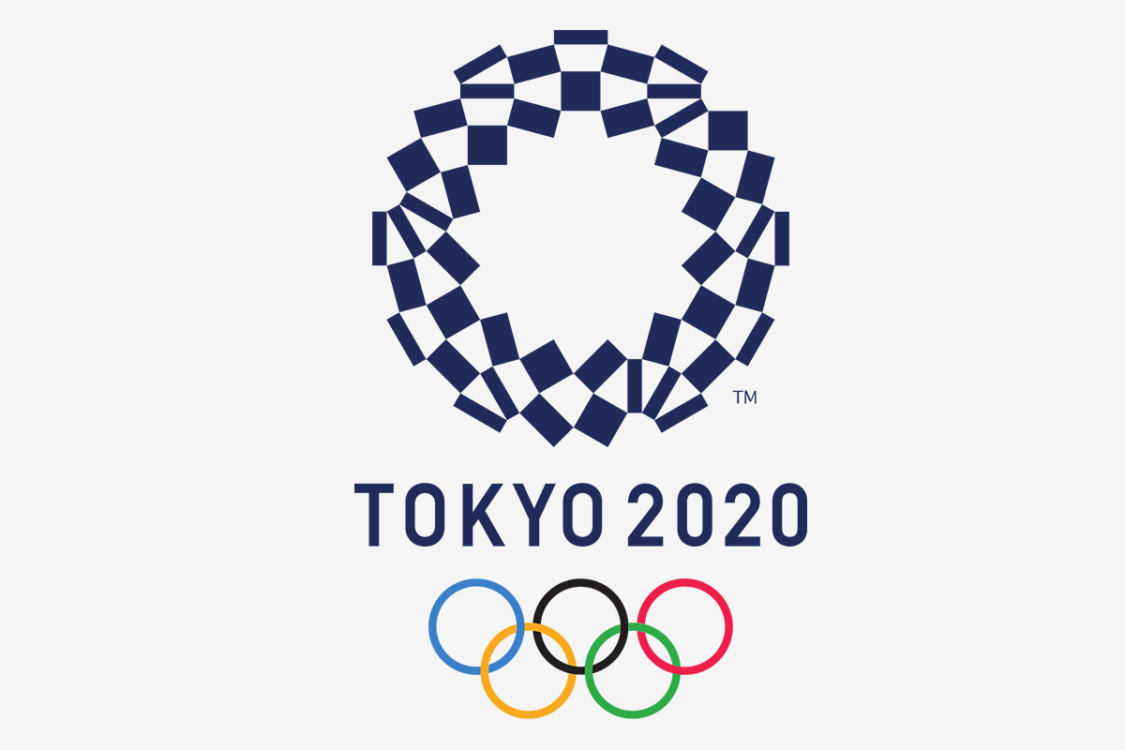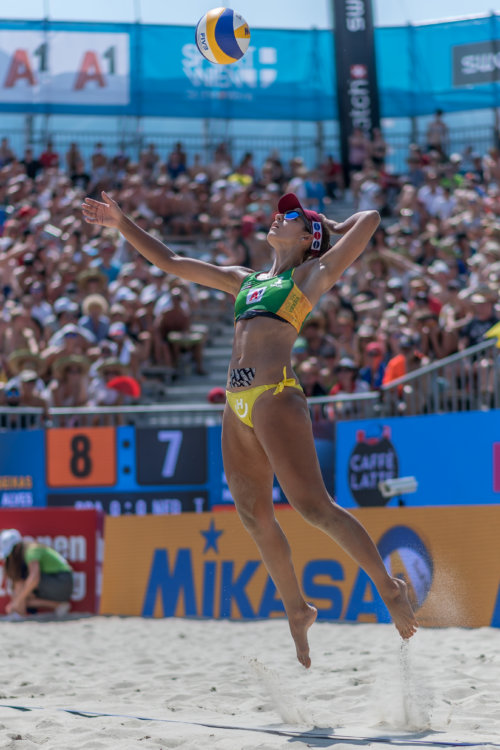It’s 2020, and with every leap year we get three things: an extra day, a contentious presidential election, and, of course, the Summer Olympics. Let’s talk about the least controversial of the three—the Summer Olympics (don’t even get me started on February 29th). As we gear up for an exciting finish to the Race to Tokyo, two questions loom large for AVP fans:
“How in the world do beach volleyball teams qualify for the Olympics?”
“Which of my favorite athletes will make it to Tokyo?”
In this first article, I’ll outline the ultramarathon that is the Qualification process. In my piece next week, we’ll look at the current standings of our Olympic hopefuls on the AVP and the world as a whole.
Tokyo 2020 will include 24 beach volleyball teams per gender. Each country is allowed a maximum of two teams to be a part of the 24-team field. The qualification process is one of the longest and most complicated of any Olympic sport. Not only does the qualification window encompass almost two years (September 1, 2018 – June 14, 2020), but there are also five different ways to qualify for a spot. Let’s see if we can break it down and make it easy.
Method 1: Host Country (1 spot)

In every Olympic sport, the host country is awarded one spot automatically. This auto-bid guarantees the local crowd will have a home team to root for. In Rio 2016, this didn’t really matter, as the Brazilians have always had at least two (or three, or four, or five) of the best teams in the world. However, this is extremely significant for the Japanese teams in 2020. Their top women’s team is currently ranked 28th in the world. Their top men’s duo doesn’t even rank within the top 50 world’s top teams. Luckily for both teams, it doesn’t matter—their spot is ensured.
Method 2: 2019 World Championships (1 spot)
The next way to qualify was through the World Championships in Hamburg last June. AVP standouts Sarah Pavan and Melissa Humana-Paredes claimed Gold in a grueling final against AVP’s 2019 Team of the Year, April Ross and Alix Klineman, earning Canada a spot. Russia’s Oleg Stoyanovskiy and Viacheslav Krasilnikov beat the youngsters from Germany and secured a berth for Russia. Or, at least we thought they did. This recently got complicated.
With the international sporting event ban placed on all of Russia by the World Anti-Doping Agency in December 2019, the spot earned by Stoyanovskiy and Krasilnikov is slightly in question. If Russian athletes can prove they are unrelated to the doping schemes and scandals, they’ll be able to compete under a neutral flag, like many Olympic athletes from Russia (OAR) did at the Winter Games in Pyeongchang. Personally, I hope they’re clean because they are really fun to watch.
Method 3: FIVB Beach Volleyball Olympic Qualification Tournament (2 spots)
This new way to qualify for the Olympics was held in Haiyang, China in September 2019. Frankly, it’s my least favorite of all the methods. If you want to know exactly how countries were allowed to enter teams and the specifics of the very strange 16-team format, here you go. All we need to know is Latvia and Italy qualified for spots on the men’s side, and Latvia and Spain qualified spots on the women’s side. An interesting note—no American teams entered the tournament. Though there are an array of reasons this may be, I’m guessing it’s because we are likely to earn our two quota spots (more on quota spots later) via the Olympic Ranking. Which brings us to…

Method 4: Olympic Ranking (15 spots)
Now this is where it gets good. The previous three methods are already decided; the Olympic Ranking is where we get our Race to Tokyo—and it’s tight (as I said, we’ll get to this next week). The Olympic Ranking (OR) system differs from the World Rankings in that it is the sole ranking system that qualifies teams for the Olympics. A team must compete in at least 12 FIVB tournaments to be eligible for qualification. A team’s OR includes its top 12 FIVB finishes from September 1, 2018 to June 14, 2020.
There are twelve big tournaments (3-Star points or higher) between now and the cutoff. First place earns 600 points in a 3-Star, 800 for a 4-Star, and jumps to 1200 points for a 5-Star. The World Champs last year in Hamburg awarded a whopping 1600 points for first place (big finishes for the A-Team and Bourne/Crabb meant big points). On June 14 of this year, the top 15 teams on the Men’s OR and Women’s OR will earn spots for Tokyo 2020 (excluding teams who have already qualified via Methods 1-3). Of course, there are some 1-Star and 2-Stars before the cutoff, but first place only offers 200 and 400 points, respectively. That’s not enough to make it to the big stage, so most teams will stick to 3-Stars and above.
Method 5: Continental Cups (5 spots)
This is the last chance for a team to earn a spot in the Olympics. The FIVB is separated into five Confederations: AVC (Asia and Oceania), CSV (South America), CAVB (Africa), CEV (Europe), NORCECA (North/Central America and Caribbean). Each Confederation will hold their own Continental Cup Final between June 22-28, 2020. The details of each Confederation’s Continental Cup differ (of course they would—why make it easy to follow?). Basically, if you’re a top team in your Confederation and you haven’t qualified for Tokyo by June 14, 2020, you get one more shot. The five winners from each Continental Cup Final secure the remaining five Olympic spots.
We made it! That’s a lot of information. Simply put, the 24 spots per gender are awarded as follows:
– 1 to the host country
– 1 to the 2019 World Champions
– 2 to the finalists of the 2019 FIVB Beach Volleyball Olympic Qualification Tournament
– 15 to the top-ranked players in the Olympic Ranking as of June 14, 2020
– 5 to the Continental Cup winners
Oh, there’s one last thing. Remember when I mentioned quota spots? When a team qualifies for the Olympics, they’re actually earning a quota spot for their country. Each country is allotted a maximum of two quota spots per Olympic Games. So even though teams earn a spot for their nation, each country has the power to choose whichever team they wish to compete in the Olympic Games. While most countries choose to send the teams that earned the spot, it’s important to note that they are allowed to reorganize their roster however they want.
Ok. Now we really made it. All we have to do is root on our favorite athletes in the Race to Tokyo. Check back next week to see if your favorite is in the running.